TGRWT #4: Mint and mustard
I just wanted to let you all know that Dennis at Kookjegek will be hosting the next round of “They go really well together” (TGRWT #4). Deadline for submission is August 1st. Ingredients to pair this time are mint and…
I just wanted to let you all know that Dennis at Kookjegek will be hosting the next round of “They go really well together” (TGRWT #4). Deadline for submission is August 1st. Ingredients to pair this time are mint and…
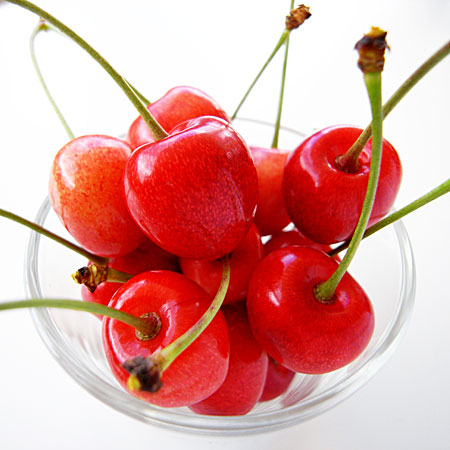
6. Learn how our senses work Prolonged exposure to a flavor causes adaption and habituation, meaning that your brain thinks the food smells less even though it’s still present in the same amount. Back in 1953 Lloyd M. Beidler isolated…
For TGRWT #2 I made banana marshmallows with parsley. The texture came out nice, but the initially fresh parsley flavour had become grassy/hay-like over night. The litterature I referred to last time suggested that the off-flavour is produced by oxidation…
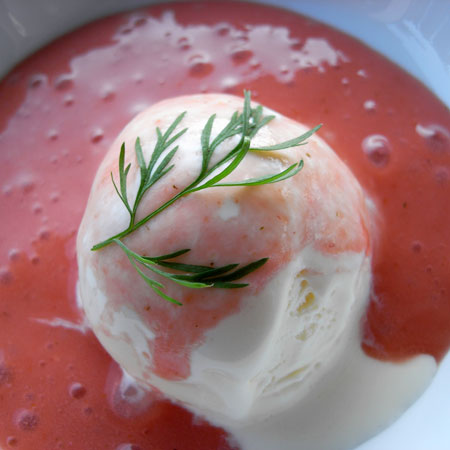
Previously I had only tasted sliced strawberries with a fresh coriander leaf, just as a very basic illustration of this pairing. I must say I liked the combination, even though it’s dominated by coriander (or cilantro as it’s called in…

It’s time for the third round of the They go really well together food blogging event (TGRWT #3). Ingredients to pair this time are strawberry and coriander (coriander sativum, also known as cilantro in North America). You can use fresh…
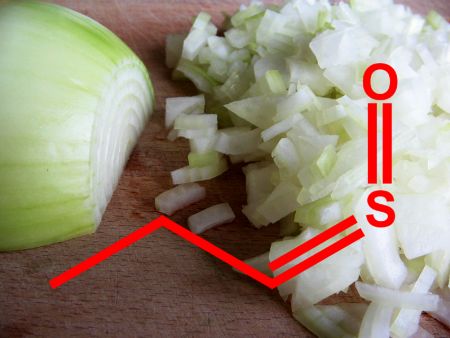
When chopping onions, propanethial-S-oxide is liberated. If this compound is not a chemical, what is it then? There are many misconceptions about chemicals, and one of the most common ones is that food should be “free” of chemicals. For example,…
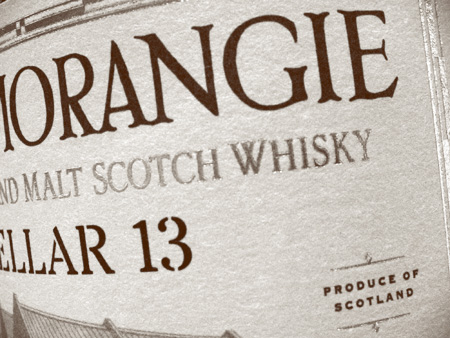
Among dedicated whisky/whiskey drinkers it is customary to add a little water as this “helps to unlock and release the esters, or flavours, from the fats”. Another site claims that dilution helps “breaking down the ester chains and freeing the…
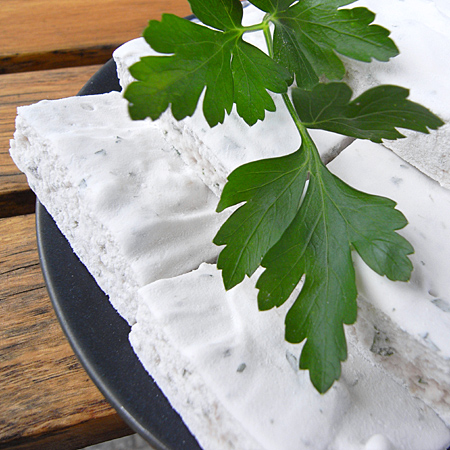
A while back I saw Evelin’s post on how to make marshmallows for Valentine’s day, and I knew immediately that I would like to give it a try. With TGRWT #2 coming up (that’s the second round of the food…

It’s time for the second round of the They go really well together food blogging event (hereafter referred to as TGRWT #2). Ingredients to pair this time are banana and parsley, which should be an easy match compared to last…
In previous posts and comments I have suggested that flavour pairings based on key odorants could be explored by looking at odor activity values (= ratio of volatile compound to it’s threshold). If two foods share one or more key…